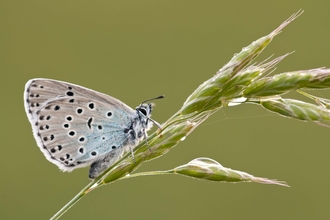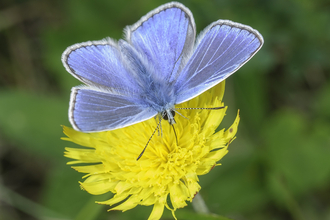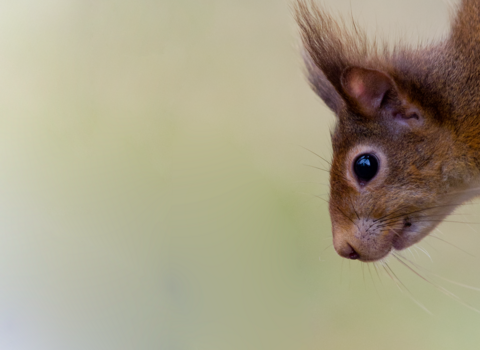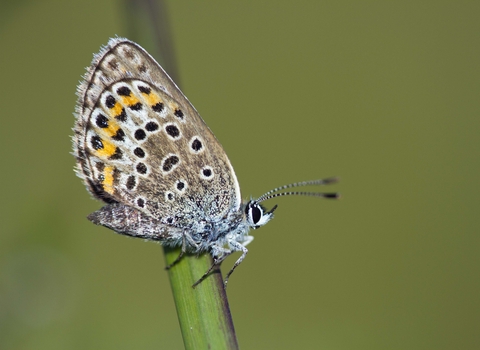
©Guy Edwardes/2020VISION
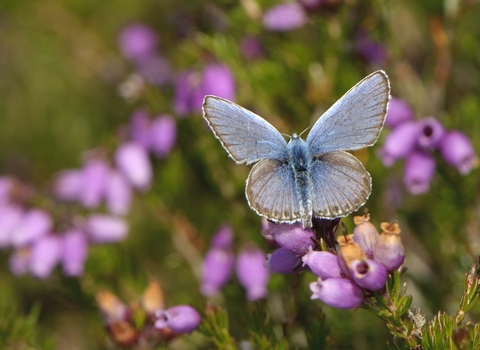
©Chris Gomersall/2020VISION
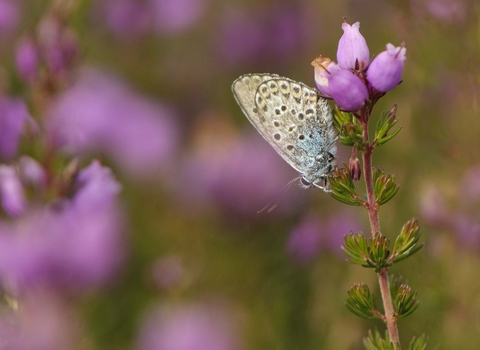
©Chris Gomersall/2020VISION
Silver-studded blue
The dazzling silver-studded blue is a rare butterfly of heathland habitats, mainly in southern England. It has undergone severe population declines in recent years.
Scientific name
Plebejus argusWhen to see
June to AugustSpecies information
Category
Statistics
Wingspan: 2.6-3.2cmConservation status
Protected in the UK under the Wildlife and Countryside Act, 1981. Priority Species under the UK Post-2010 Biodiversity Framework.
About
The silver-studded blue emerges in June and is usually on the wing until late August. It is a rare butterfly, generally found in heathland habitats that have shorter, sparsely vegetated areas. It is restricted to close-knit colonies in southern England and Wales. Two subspecies can be found in its range, while two others are now extinct in the UK. The larvae feed on a wide variety of plants, such as bell heather, cross-leaved heath and gorses.How to identify
The silver-studded blue is a small butterfly which gets its name from the light blue reflective 'studs' (scales) found on the underside of the wings. The upper wings are blue with a dark outer rim. Males are bluer than females, which are more of a dull brown.Distribution
Restricted to specific sites in southern England, eastern England, Wales and Shropshire.Did you know?
The caterpillars of the silver-studded blue have a close relationship with ants! The ants protect the caterpillars from predators and parasites, in return they get to feed on a sugary substance that the caterpillars produce. When the caterpillars are ready to pupate, they do so in a shallow chamber just below the ground - often in ant nests. The ants will attend the pupa just as they did the caterpillar, and can even be seen swarming around the newly-emerged adult butterflies, offering them some protection as they wait for their wings to dry.Watch
Silver-studded blue (https://vimeo.com/477643412)
Silver-studded blue ©Tom Hibbert

